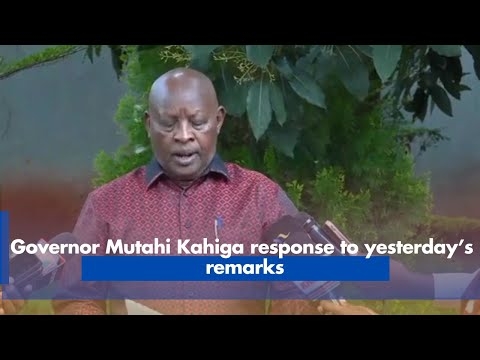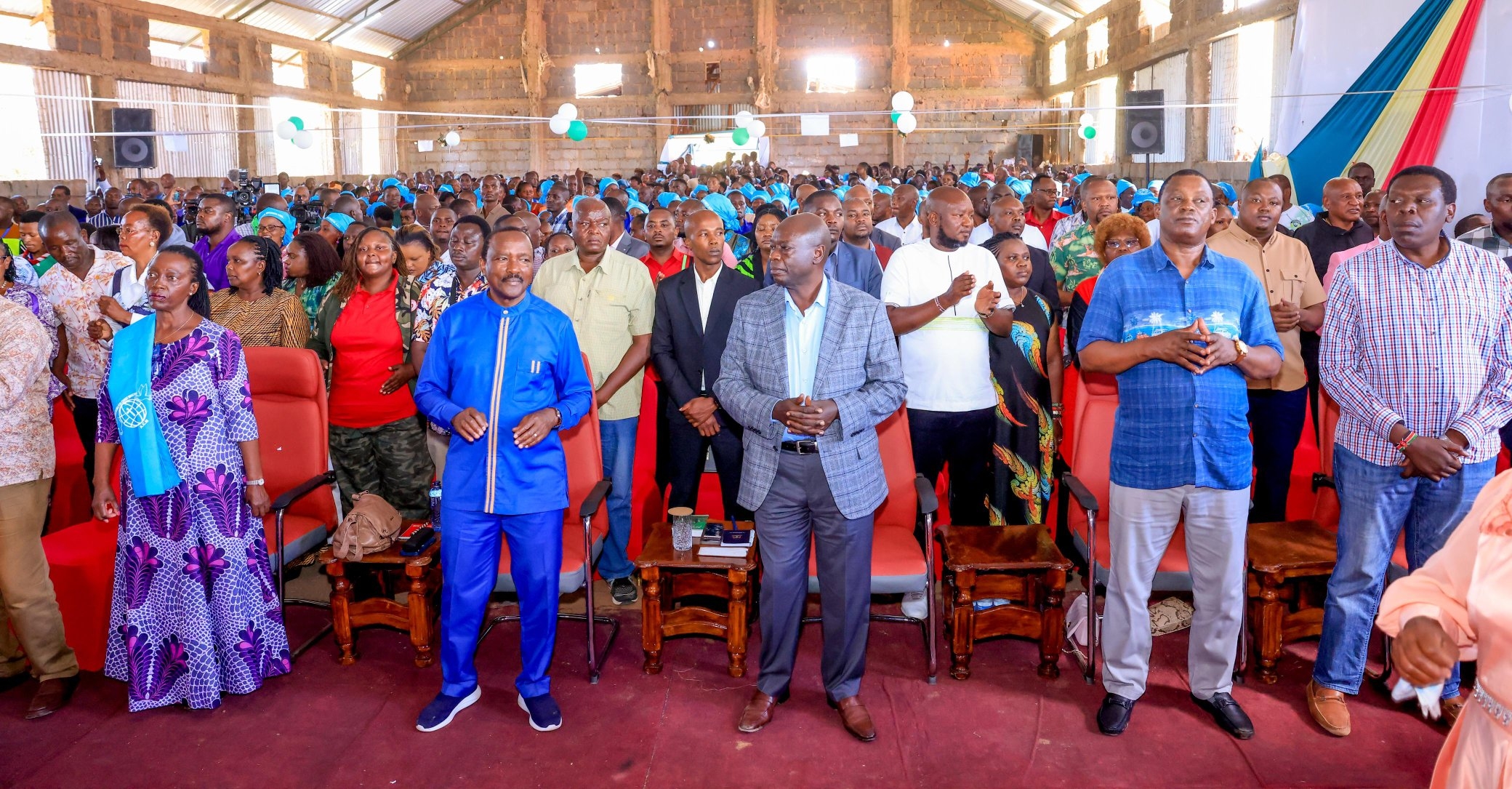The government has identified climate change, habitat destruction, pollution, and over-exploitation of natural resources as threats to the country’s biodiversity.
Environment PS Festus Ng’eno said the threats risk wiping out the country’s biodiversity and stop it from attaining sustainable development goals.
“Biodiversity is the foundation of our ecosystem services, underpinning our food security, health, livelihoods, and resilience to climate change. The conservation and sustainable use of biodiversity are crucial for achieving the Sustainable Development Goals (SDGs) and for ensuring the well-being of our current and future generations,” Ng’eno said.
Ng’eno made the remarks at Serena Hotel on Friday during a forum for Kenya's National Biodiversity Coordination Mechanism.
Those who attended the meeting included Kenya Wildlife Service Director General Erustus Kanga, Conservation Secretary from the Tourism Ministry John Chumo, Wildlife Research Training Institute CEO Patrick Omondi, World Wide Fund for Nature-Kenya head of Conservation Jackson Kiplagat
The mechanism will bolster the conservation and sustainable use of the nation’s rich and diverse biological resources.
The conservation of biodiversity is not only a constitutional mandate, as outlined in Chapter 5, Article 6(1) of the Constitution of Kenya, but also a critical element of Kenya’s Vision 2030.
It underscores the importance of sustainable natural resource management for long-term economic growth and livelihood improvement.
As a committed party to the Convention on Biological Diversity and several other international environmental treaties, Kenya has consistently worked towards fulfilling its obligations to conserve biodiversity for people and nature.
The National Biodiversity Strategy and Action Plan has been central to these efforts, guiding national actions to protect and sustain Kenya’s natural heritage.
However, various stakeholders have faced challenges in coordinating biodiversity conservation.
The newly established NBCM addresses this challenge by providing a robust framework for the coordination and collaboration of state and non-state actors.
The mechanism will align biodiversity conservation goals, policies, and practices at the national, county, and community levels, ensuring a unified approach to protecting Kenya’s natural resources.
Establishing the NBCM has been highly consultative, involving over 60 participants from various sectors, including state and non-state actors, indigenous peoples and local communities, youth, the private sector, academia, and research institutions.
This inclusive approach ensured that diverse perspectives and expertise were integrated into the design and structure of the mechanism. This will also successfully implement the Kunming Montreal Global Biodiversity Framework.
The Kunming-Montreal Global Biodiversity Framework presents a strategic roadmap for nations to halt and reverse biodiversity loss, with a key objective being to restore at least 30 per cent of degraded terrestrial, inland water, and marine ecosystems by 2030.
Ng’eno said Kenya is undertaking a robust process of integrating its National Biodiversity Strategy and Action Plan with the overarching goals of the KMGBF.
“Currently, efforts are focused on reviewing and aligning the NBSAP with the KMGBF, developing national targets consistent with the 23 global targets, developing national indicators, and crafting a resource mobilization strategy to support KMGBF implementation. This process will enable the evaluation of conservation measures' effectiveness, allowing policymakers to adjust strategies as needed,” Ng’eno said.
Kenya Country Representative of the International Union for Conservation of Nature (IUCN) Innocent Kabenga affirmed the organization’s continued support:
“As we move forward, IUCN will continue to work closely with the Ministry of Environment, Climate Change, and Forestry, as well as with other stakeholders, to ensure that the NBCM is not just a coordination mechanism, but a dynamic and effective platform that drives real change on the ground. We will leverage our expertise, networks, and resources to support the NBCM’s goals towards supporting the implementation of the National Biodiversity Strategy and Action Plan.”
African Wildlife Foundation Kenya Country Director Nancy Githaiga reiterated AWF’s commitment:
“African Wildlife Foundation supports the National Biodiversity Coordination Mechanism founded on the whole-of-government, whole-of-society approach. Collaboration with various state and non-state actors and aligning our efforts with global biodiversity targets, will enhance our strategies and ensure our natural resources are protected for current and future generations.”
Government Relations and Policy Director at The Nature Conservancy Munira Bashir said the mechanism is a transformative step in Kenya’s conservation journey, setting a new standard for conservation efforts that benefit both the environment and communities.
“This achievement aligns with The Nature Conservancy’s dedication to helping nations achieve their biodiversity goals. Our continued support for this coordination enforces our commitment to preserving Kenya's rich natural heritage for the benefit of all. We are proud to have played a role in this collaborative effort. We will continue to support the effective coordination of actions to ensure the enduring protection of our nation’s natural wealth.”











